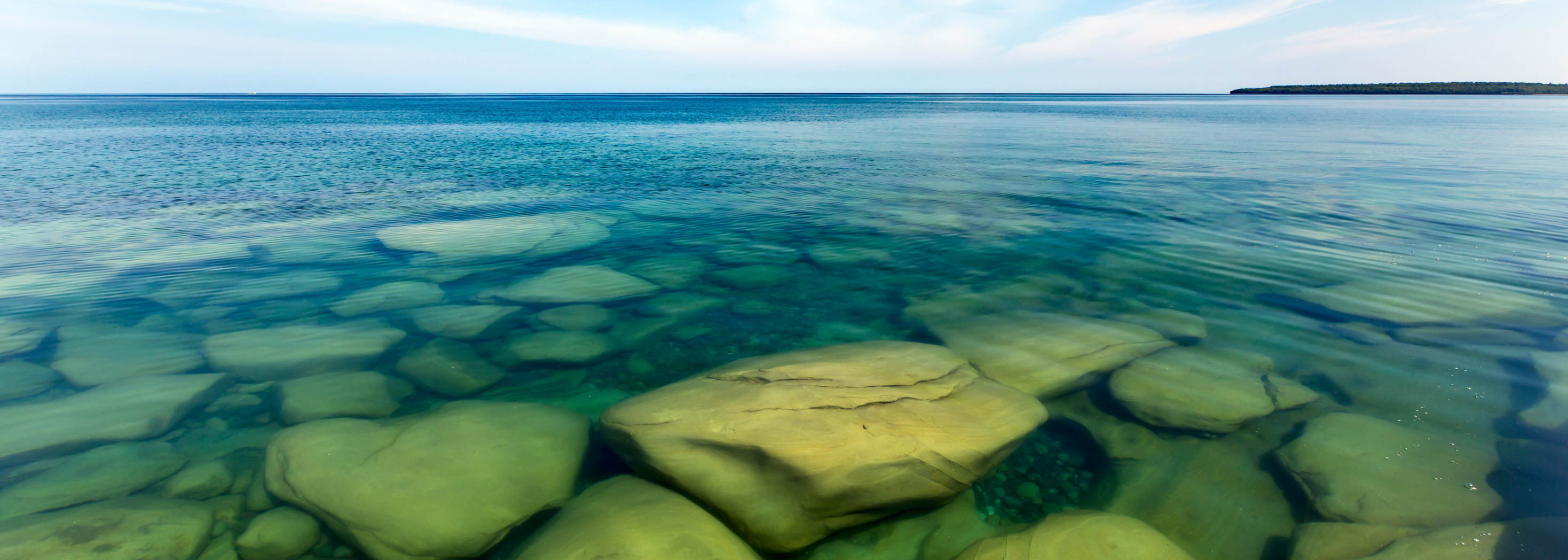|
WATERMichigan is the “Great Lakes State” for a reason. We’re incredibly fortunate to have 3,288 miles of freshwater coastline, and over 11,000 inland lakes (ahem, Minnesota…). Never more than 6 miles from a body of water, our State is steward to one of the world’s largest supplies of fresh water. Michigan Conservation Districts (CDs) help landowners support this incredible natural resource and its complex system of wetlands, waterways, and lakes. Read on to learn how Michigan’s local CDs work every day utilizing local resources and state-of-the-art specialized training -- coupled with State and Federal programs -- to foster and heal our ‘sweetwater’ world.
WETLANDSWetlands are the transition zone between dry uplands (fields, forests) and the open water (streams, rivers, lakes). They function as nature's nursery, providing critical habitat to thousands of birds, fish, amphibians, insects and mammals. They also reduce flooding by acting as massive sponge; healthy wetlands can store vast quantities of excess water. Wetlands are also “nature's kidneys,” filtering nutrients and sediments as water percolates into the ground and sweeps through the wetland on its way to open water. Our wetlands also indulge us with world-class recreational opportunities, like canoeing, kayaking, bird watching, hiking, hunting, and fishing. Michigan’s wetlands are wild, fragile, and miraculous. They are an incredible treasure our CDs strive daily to preserve, protect and restore as boots-on-the-ground facilitators of conservation initiatives like NRCS's ACEP listed below. Note that additional opportunities may be available to help you restore and protect your wetland. Please contact your local Conservation District to inquire about the full range of opportunities for wetland protection and restoration. Agricultural Conservation Easement Program (ACEP)Because wetlands are so important, the Farm Bill offers opportunities to private landowners and Indian tribes to restore, protect, and enhance wetlands through the ACEP, which includes Wetland Reserve Easements. Your local Conservation District can help guide you through the application process with this USDA NRCS-funded program. Wetland Reserve Easements Eligible land for wetland reserve easements includes farmed or converted wetland that can be successfully and cost-effectively restored. Applications are prioritized based upon the easement's potential for protecting and enhancing habitat for migratory birds and other wildlife.
CRITICAL DUNESWith over 70,000 acres of Critical Dunes along our lakeshore, the idea that one individual's actions could determine the future quality of the landscape is almost unimaginable. Yet it is individual land management that will truly determine the protection of our rare and ecologically fragile coastal dunes. Learn more about Michigan’s Critical Dunes, the Sand Dune Protection and Management Act, where critical dune areas are located, and which specific activities are regulated by contacting your local Conservation District today. |

